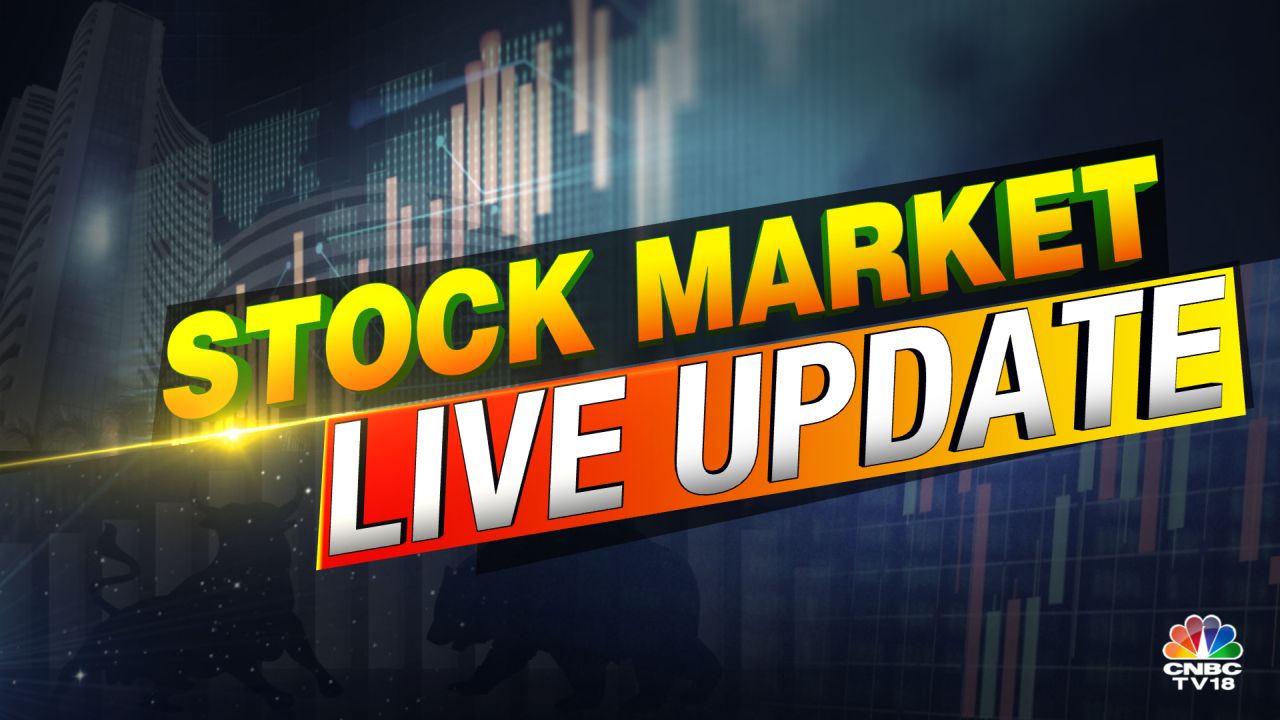In 2024, crypto hit new heights, but this time, the frenzy was different. While Bitcoin soared to a record high of over $81,000 shortly after Donald Trump's victory in the US presidential elections, other digital assets, including Dogecoin, also surged significantly.
However, the market's excitement remained more tempered than in previous bull runs.
This was possibly marked by long-term strategies and a cautious approach rather than wild speculation.

Analysts and insiders credit this evolution to a range of factors.
Amjad Raza Khan, co-founder and CEO of Cashaa, pointed out that Bitcoin’s recent peak was driven by an increasingly institutionalised market.
Notably, Bitcoin ETFs attracted institutional interest at a record pace, with $1.3 billion in single-day inflows post-election. Futures markets reflected similar enthusiasm, with over $2.8 billion wagered on Bitcoin surpassing the $90,000 threshold.
“People are no longer just chasing hype; they’re thinking long-term,” Khan said. “This reflects a more stable market, focused on responsible growth and real-world adoption.”
With institutions playing a larger role, the excitement around crypto has matured into what many describe as sustainable enthusiasm.
Trump’s pro-crypto stance has only added to this shift.
His return to office has reinvigorated optimism in the US market, and his commitment to making the US a “Bitcoin superpower” has captured attention globally.
Trump has even promised regulatory changes, including replacing SEC Chair Gary Gensler, whose stance on crypto regulation has been divisive.
The historical trend of crypto and elections
Historically, US presidential elections have been pivotal for Bitcoin, each cycle coinciding with a Bitcoin halving event — a supply-reducing mechanism that occurs every four years.
Bitcoin’s post-election performance consistently reflects this pattern, rising 87% after Obama’s 2012 victory, 44% following Trump’s 2016 win, and 145% after Biden’s 2020 election.

These milestones emphasise the perception of Bitcoin as a resilient asset, and the 2024 election continues this trend.
Sandeep Nailwal, co-founder of Polygon, elaborates on the implications: “The crypto community rallied in a big way during this election, and now with a pro-crypto government, America is poised to become a leader in digital asset technology.”
Nailwal points to the Republican Party’s shift toward crypto-friendly policies, influenced in part by social media and millions of vocal crypto advocates.
Global ripple effects and regulatory momentum
Trump’s crypto-friendly administration may also prompt other nations, including India, to re-evaluate their regulatory stance.
Sumit Gupta, CEO of CoinDCX, observes an uptick in interest from Indian investors since the US election. “I receive daily messages from high-value customers eager to increase their crypto exposure,” he shared.
Gupta anticipates that as more countries witness the economic potential of crypto, they will work to align their regulatory frameworks with those of crypto-advanced economies.
For India, this means possibly moving beyond high taxation and restrictive policies, which have discouraged active crypto participation. If the US sets a precedent for structured, pro-crypto regulation, experts believe it could catalyse a broader shift.
Toward real-world applications and sustainable growth
The emphasis on crypto in 2024 extends beyond price gains.
Ashish Singhal, co-founder of CoinSwitch, stressed the need for real-world use cases to sustain this growth. “For crypto to thrive, innovation and policy need to go hand-in-hand,” he said.
Singhal believes that well-crafted regulations will foster decentralisation and Web3 applications, enhancing the value of the digital ecosystem as a whole.
This convergence of policy and technology could catalyse a new wave of crypto products, adding to the industry’s long-term appeal.
What’s next for the crypto market?
While this year has set a solid foundation, experts like Nailwal suggest that the real retail-driven rally is yet to come.
The involvement of institutional investors has paved the way, but the next surge could see broader participation from high-net-worth individuals and retail investors as well.
The potential for Bitcoin to climb even higher — some estimates suggest it could reach between $200,000 and $250,000 within a year — highlights the ongoing optimism around digital assets.
To conclude, 2024 has marked a departure from speculative enthusiasm toward a future of structured growth and responsible investment.
With Bitcoin and other cryptocurrencies becoming central to national economic discussions and institutional portfolios, the stage is set for crypto to transition from a niche asset to a global mainstay.
This year, the excitement may be tempered, but the potential has never been clearer.
-With inputs from CNBC-TV18's Manisha Gupta

 1 week ago
1 week ago












